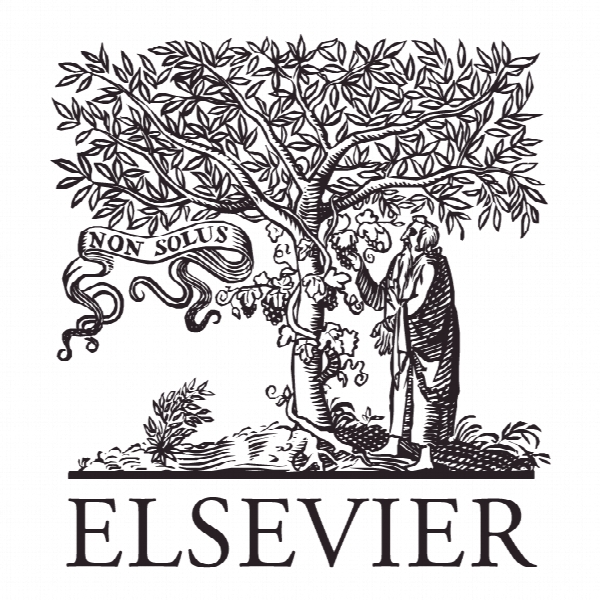آیا کمک های دولتی باعث افزایش بهره وری نوآوری در صنایع با تکنولوژی پیشرفته چین می شود؟ Do government grants promote innovation efficiency in China’s high-tech industries?
- نوع فایل : کتاب
- زبان : انگلیسی
- ناشر : Elsevier
- چاپ و سال / کشور: 2017
توضیحات
رشته های مرتبط مدیریت و مهندسی صنایع
گرایش های مرتبط تکنولوژی صنعتی
مجله تکنولوژی – Technovation
دانشگاه دانشکده مدیریت، علم و صنعت چین
نشریه نشریه الزویر
گرایش های مرتبط تکنولوژی صنعتی
مجله تکنولوژی – Technovation
دانشگاه دانشکده مدیریت، علم و صنعت چین
نشریه نشریه الزویر
Description
1. Introduction High-tech industry is one of the most important industries in a knowledge-based economy. China’s National and local governments are eager to develop the high-tech industry by investing substantial R&D grants in this sector. The objective of this paper is to investigate how government grants affect innovation efficiency in China’s high-tech industry. Chinese manufacturing industries have played a significant role in the development of China’s economy since the implementation of the reform and opening-up policy. After three decade development, the Chinese government has realized that technology development and innovation are highly essential in the manufacturing industries. The government also emphasized that innovation is the driving force of economic growth and is the key factor to catch up with advanced industrial economies. These circumstances guided the Chinese government to formulate and promulgate a series of policies promoting high-technology (hightech) industries. After years of development, China’s high-tech industries accomplished considerable progress in innovation and technology development. Table 1 shows the development of China’s high-tech industries from 2002 to 2011. The economic literature on externalities indicates that innovation activities may lead to market failure (Arrow, 1962). In the national innovation system, the government plays an important role in assisting firms to enhance their competitiveness and innovation (Freeman, 1989; Lankhuizen and Woolthuis, 2004; Lundvall, 2010; Metcalfe, 1995; Nelson and Rosenberg, 1993; Patel and Pavitt, 1994; Porter, 2011; Watkins et al., 2015). However, the benefits of innovation, similar to those of public goods, are typically not completely extended to the private sector partly because innovation remains below the socially acceptable level. Consequently, governments attempt to address market failures through policy instruments, such as offering government grants. To date, many governments have already established grant-related mechanisms to promote R&D activities. Since the 1980s, China has implemented the Torch Program for high-tech industrial development, and offered special policies and financial grants to enhance the development of high-tech industries. The Chinese government also promulgated several policies and laws to encourage enterprise R&D investment. Statistics show that the Chinese government spent approximately 60.17 billion Yuan during the past three decades to promote R&D activities. The total amount of government grants to high-tech industries has increased from 2.61 billion Yuan in 2002 to 11.59 billion Yuan in 2011, with an average annual growth rate of 34.41% (Fig. 1). Therefore, analyzing whether government grants result in positive externalities to simulate the innovation of high-tech industries in China is highly important.


